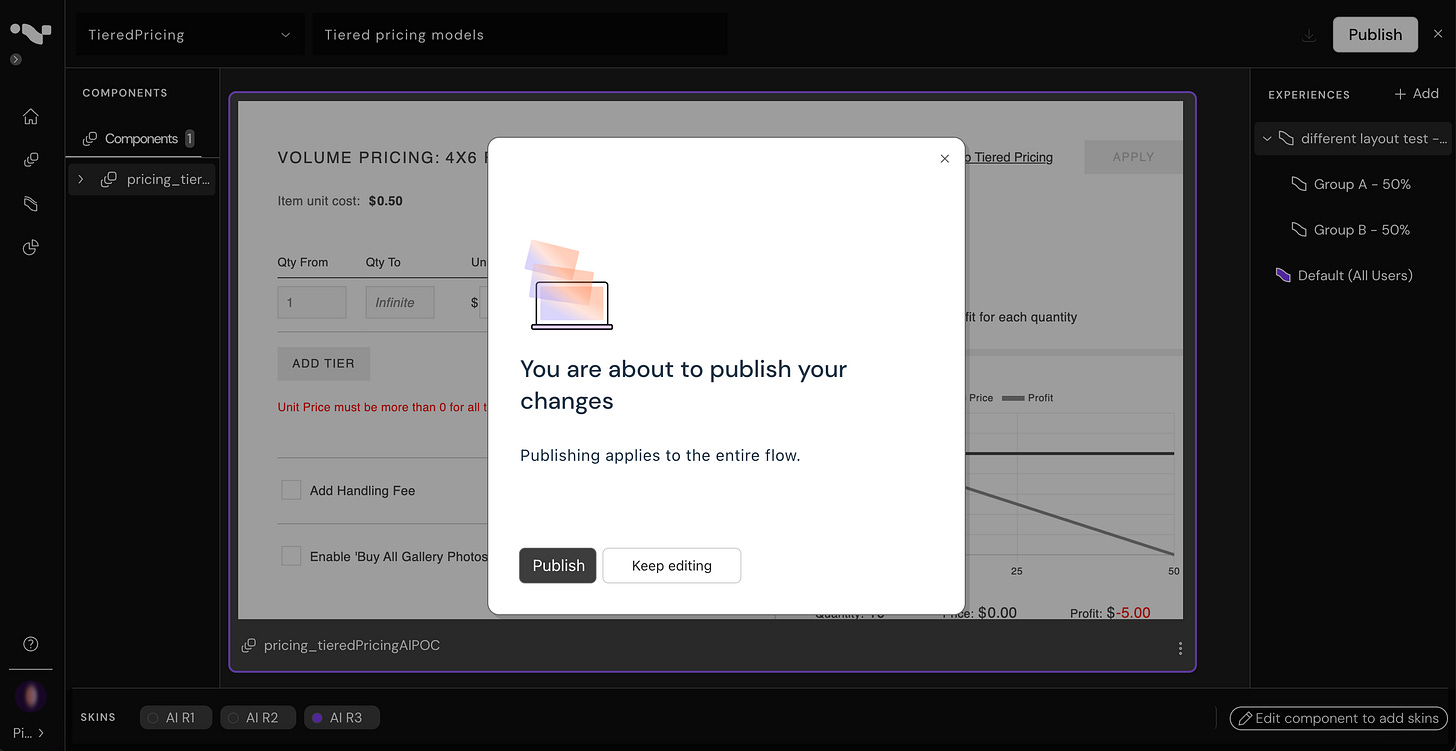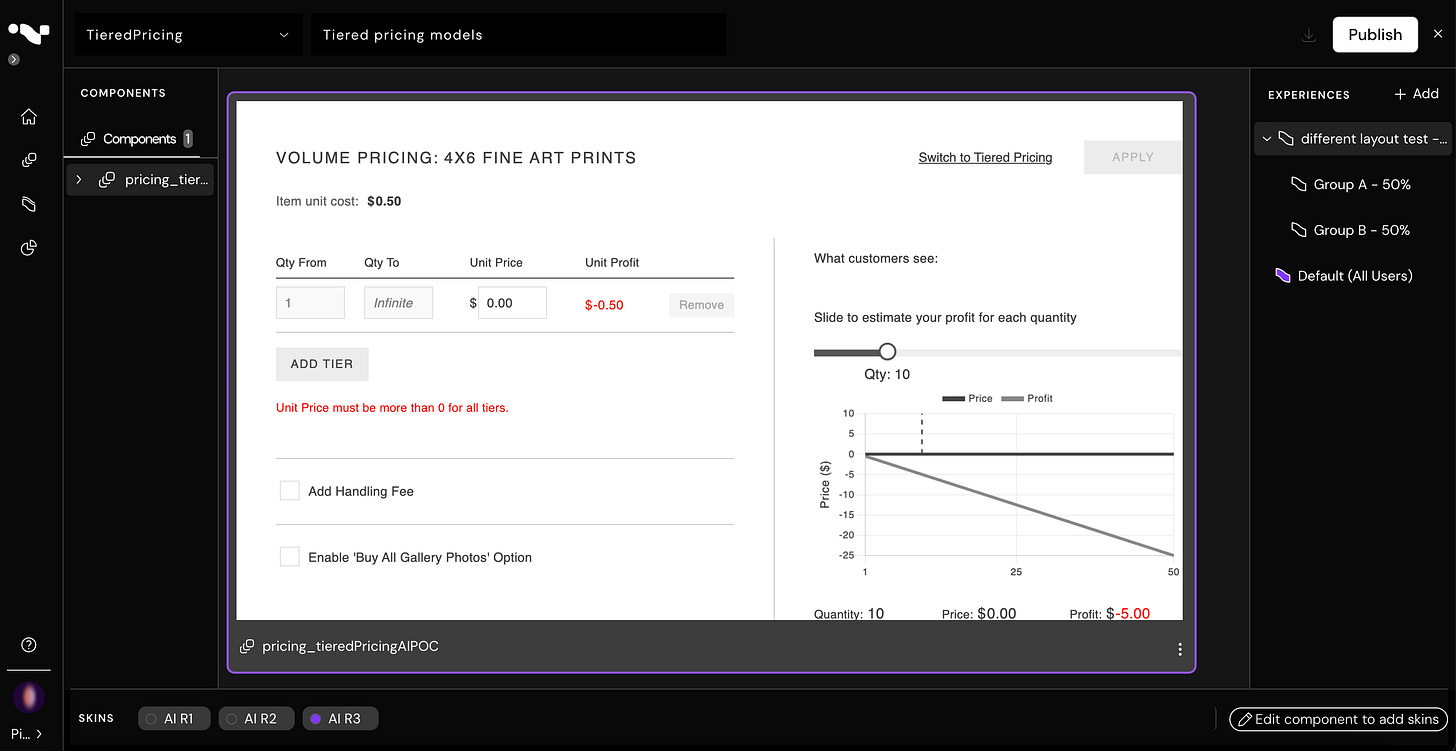Taking AI-built prototypes all the way to production - with MyOp
MyOp is pioneering a new approach, by enabling the binding of external and internal code and creating an orchestration layer to manage all the things.
Everyone talks about how AI is changing the game. Designers, PMs and even non-technical teams can now prototype and build interfaces in minutes using tools like Lovable, Figma AI, Copilot and other AI agents.
Yet despite all the buzz about "anyone can be a builder," most teams still hit the same wall: getting AI-generated work from prototype to actual user impact in live production applications remains frustratingly slow and risky. The workflows haven't changed - you still need engineering, integration cycles and deployment queues that kill the momentum.
The Prototype Trap
Despite all the AI advances, the reality is that what designers and product teams create with AI remains stuck at the prototype level and never reaches prod because the path to production is (still) too complex, risky or time-consuming. The entire power of AI remains around step 1 at best, while the actual workflows haven't changed.
Is this really the revolution AI is here to do?
Rethinking UI Architecture
The solution isn't making traditional workflows move faster - it's rethinking how we integrate AI-generated UI entirely. Instead of forcing AI output through traditional development pipelines and embedding everything in code, we can use a different approach: remote component management at runtime. Instead of marrying AI components to your codebase, treat them as modular, sandboxed units that can be safely plugged into live applications (and plugged out as well :))
This is where MyOp is pioneering a new approach. By enabling the binding of external and internal code and creating an orchestration layer to manage the whole things, teams can:
Plug new AI components without reopening core code.
Maintain isolation and control - External components run in sandboxed environments that can't disrupt core application stability.
Enable instant rollback - Remove or revert components with zero downtime
Provide runtime management - Swap, edit or update components anytime without redeployment
The Future of AI-Native Development
Regardless of where AI will take us, the end goal is removing friction between great ideas and user impact. Runtime orchestration represents a fundamental shift in how we think about AI integration:
From integration to orchestration - Managing external components rather than absorbing them
From deployment to streaming - Components flow into applications at runtime
From monolithic to modular - AI components remain independent, updatable units
From risky to safe - Complete isolation and instant rollback capabilities
Getting Started with Runtime Orchestration
If you're ready to break free from the AI-to-production bottleneck:
Evaluate your current AI integration workflow - How much time is lost in handoffs and deployments?
Identify high-impact, low-risk experiments - Start with non-critical UI components that can benefit from rapid iteration
Implement runtime orchestration - Create the infrastructure for safe, isolated AI component deployment
Establish governance frameworks - Define boundaries and oversight processes that maintain quality while enabling speed
The teams that master runtime orchestration for AI components will have a significant competitive advantage - they'll be able to harness AI's creative potential while maintaining the engineering discipline that ensures long-term success.
So… what are you waiting for?
The choice is clear: continue fighting the AI speed vs. control dilemma with traditional approaches, or embrace remote runtime orchestration and finally move at AI speed without compromising safety.




